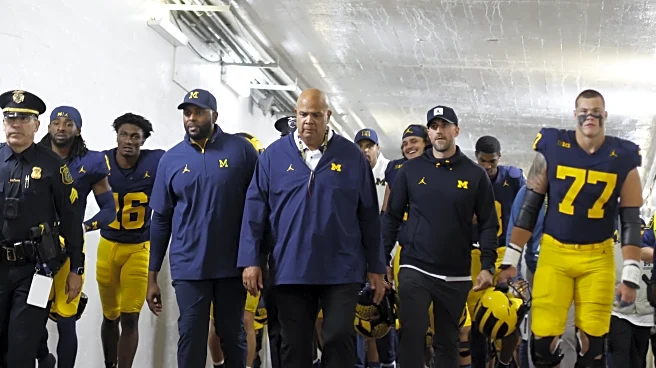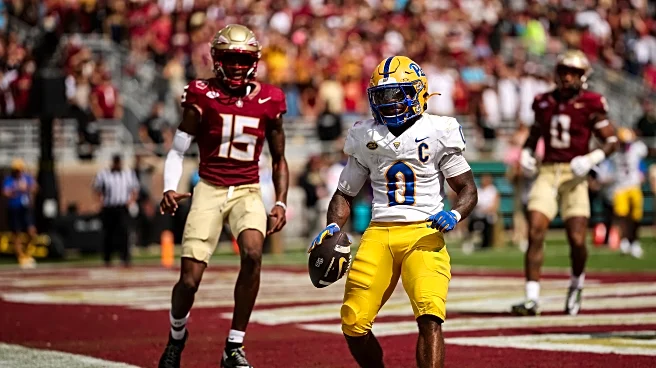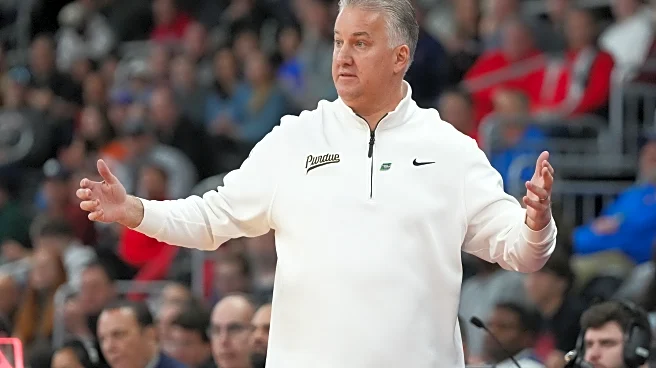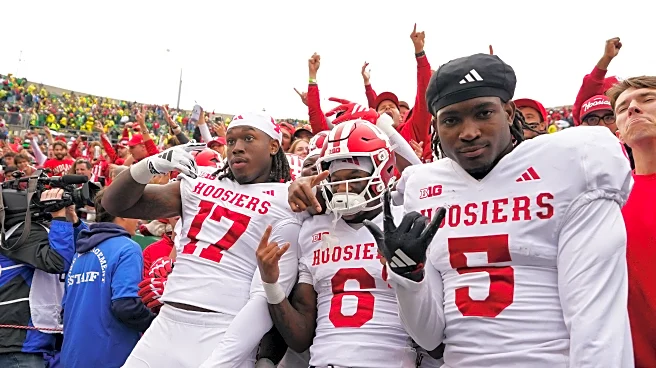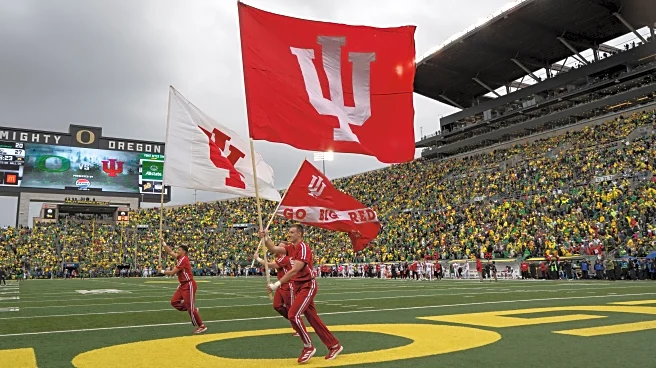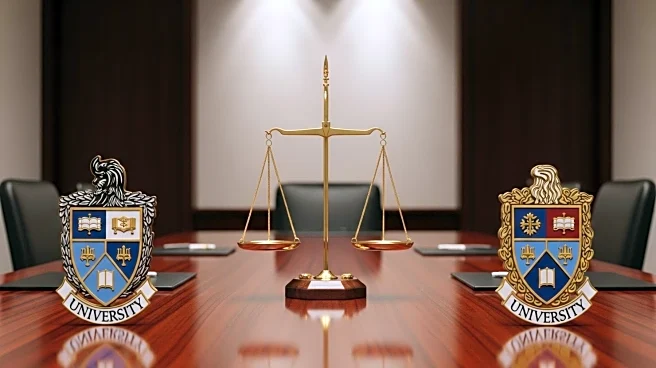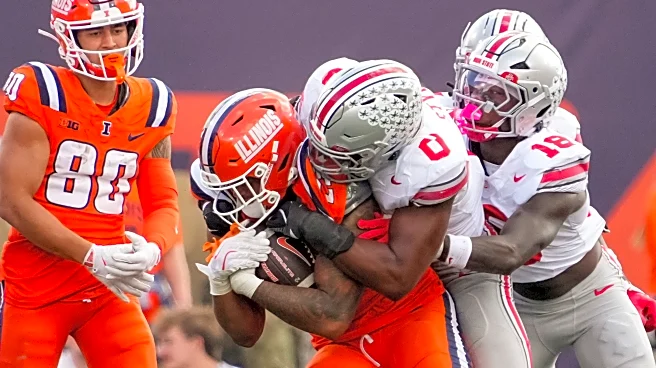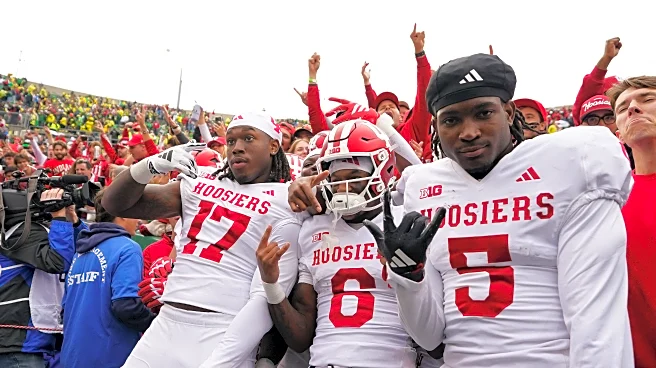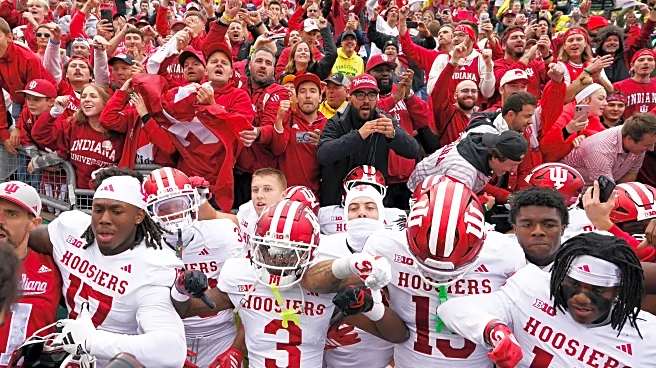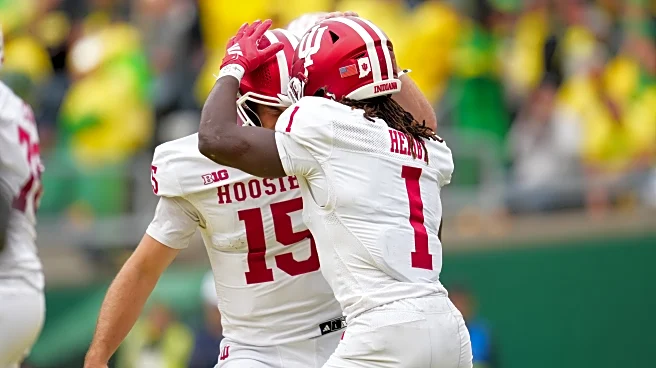Revenue in college athletics is needed like never before, not only keeping programs running and the lights on, but the more revenue a Division 1 program has, the more competitive they become.
There are 29 varsity sports in Ann Arbor, and Athletic Director Warde Manuel told the media when the House vs NCAA Settlement was reached that he had no plans to cut any varsity sports at the University of Michigan. On the contrary, he wanted to grow their popularity and competitiveness within the Big Ten and across
the NCAA.
Last week, Michigan and the rest of the Big Ten were presented with a proposal that would have astronomical outcomes. The Big Ten is eager to sign a deal with a private equity firm — the University of California pension system’s investment fund, UC Investments — that would grant the firm an annual cut of Big Ten distribution over a 20-year deal with the option to sell after 15 years, according to Yahoo Sports.
To the benefit of the 18 programs within the Big Ten, each program would receive a cut of the $2.4 billion that UC Investments would front, offering at least $100 million to each Big Ten program in a payout. Michigan would be sitting in the largest “tier,” alongside Penn State and Ohio State, and make $190 million from the deal, according to Front Office Sports.
In essence, the Big Ten would sell many of its assets, including its media rights, into a separate entity called “Big Ten Enterprises.” Then, UC Investments would pay $2.4 billion in exchange for an equity stake in Big Ten Enterprises. The deal would also include a grant of rights extension until 2046 to keep all the current schools in the Big Ten.
While everything on the surface may seem like sunshine and rainbows, Michigan and USC have publicly and privately spoken about the potential deal, and a recent conversation between the two schools may cause the entire thing to fall apart.
The Phone Call
The Big Ten wants unanimous approval to move forward with the groundbreaking deal, with Big Ten Commissioner Tony Petitti wanting to make things official pretty quickly by the sounds of it. However, it was reported on Tuesday that Michigan and USC officials recently met, via phone call, to discuss their concerns over the deal and giving so much power to a third party.
The first issue is the 20-year commitment to the firm and the NCAA. This past April, a federal judge approved one of the most groundbreaking settlements in sports, instructing the NCAA to pay $2.8 billion in damages that resulted from the NCAA blocking college athletes from monetizing on their name, image, and likeness (NIL).
And that was just the tip of the iceberg. Since then, the NCAA has seen 33 lawsuits filed against them, challenging various aspects of its eligibility rules from athletes all over the country. With House going against the collegiate sports conglomerate, there is now precedent to rule against the NCAA’s eligibility rules in many different ways. And with no antitrust exemption close to getting passed by the U.S. Congress, it will be an uphill battle to stay alive.
To add fuel to the fire, the main source of revenue for the NCAA currently is solely the NCAA Basketball Tournament, bringing in $1.28 billion for the 2022-2023 fiscal year, the last reported earnings for the NCAA. This is because the College Football Playoff is owned by a joint venture of the Football Bowl Subdivision (FBS) conferences and Notre Dame (not the NCAA), and the rest of the postseason tournaments do not make a comparable profit currently to make up for the lost revenue in the legal battles.
Long story short — the future is uncertain for the NCAA, and the Big Ten making a 20-year commitment to it may not be the smartest decision.
In addition, there has been a “lack of transparency” about whom the deal is with, as sources told FOS last week they first believed the deal would be with CalPERS, then CalSTRS. Yet on Friday, Yahoo Sports reported the firm was UC Investments.
USC is in a more unfavorable position compared to Michigan since it is in the second “tier” of the outlined proposal and would be making less than $190 million, so there is substantial cause for concern over the deal.
The University of Michigan Board of Regents has a scheduled meeting for Thursday, where the capital proposal is expected to be discussed. The USC Board of Trustees has scheduled for a meeting next week.
The Michigan Dilemma
Without getting too in the weeds of Michigan systems and governance, the university is currently maneuvering through the year with an interim president after Santo Ono left in the spring. Since the deal must be voted on by university presidents, that would put the decision in the hands of interim president Domenico Grasso. Historically, there has always been a lot to sort through within the huge hierarchical system of decision-making in Ann Arbor, which may not be to the liking of Big Ten leadership if the deal wants to be done quickly.
In addition, Michigan sits with a lot of power. As one of the biggest drivers of revenue for the Big Ten and NCAA with its athletic prowess and ginormous fanbase and alumni network, the deal needs to be to the school’s benefit if it is going to sign off. Money will not be a problem for Michigan, as seen in public statements by wealthy donors like Dave Portnoy of Barstool Sports and Larry Ellison, the co-founder of Oracle Corporation. Michigan controlled the parameters of those specific agreements, but would be blindly agreeing to give up a ton of conference assets for a lump-sum check with the UC Investments deal.
More than anything, the deal feels too rushed to get done, and if we know anything about the University of Michigan, no decision gets done without meticulously critiquing all the components.
Do you think Michigan should stand down and just agree with the rest of the conference, or do you think it should stand its ground and wait for all of the dominoes to fall? Leave a comment below!
